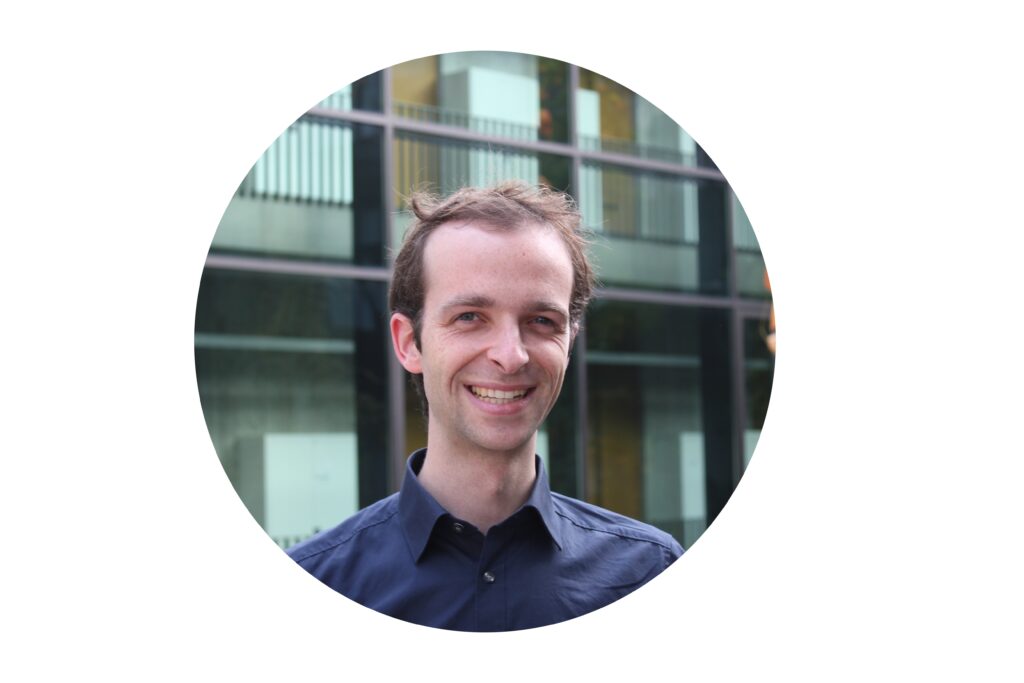Principal Investigators
-
Dr. R. Kuiper
Eberhard Karls Universität Tübingen, Tübingen
Objectives
Most known extrasolar planets (planets around other stars) have been detected indirectly, by inferring their presence from observations of their host stars. However, in the last decade or so, advances in detector sensitivities and image processing techniques have matured to the point where it is possible to detect light directly emitted by the planet itself. This technique is called “direct imaging” and is sensitive mostly to gas giants of a few times Jupiter’s mass and up (“gas giants”), preferably at young ages.
The challenge with this direct imaging however is that it yields a brightness for the planet but no information on its mass or size. In particular, to infer the mass one needs to use theoretical models that predict the brightness of planets as a function of mass and time. The issue is that currently, these models are very uncertain at early times and depend crucially on the assumed brightness at the end of the formation of the planet, as it goes into the pure cooling phase.
The overarching goal of this project is to interpret current and upcoming brightness measurements of nascent to infant gas giants, i.e. to understand their early-time evolution. Specifically, in Subproject A we will first simulate the “accretion shock” that occurs during the formation phase and is thought to be key in setting the post-formation brightness of planets. This involves considering accurate microphysics and a realistic multidimensional accretion geometry. Then, we will enable a more robust determination of the mass of young directly-imaged planets by using the results of Subproject A to compute the brightness evolution of forming planets and from this determining their brightness at the end of formation.
Members
G.-D. Marleau
Reports
Three weeks, five institutes, and more than fifteen colleagues…
Gas giant planets are born in the gas disc present around a young star. A planet that is gaining (“accreting”) mass does so by attracting material from its surroundings in the disc. Once the planet is more massive than approximately Jupiter’s mass, the infalling gas is generating a shock at the surface of the planet. We have found out that almost 100% of the energy of the incoming gas is converted to light at the shock. This has the consequence that forming planets should be very bright while forming.
While our method calculates the total amount of light generated at the shock, it does not predict how this light is spread over the different wavelengths (i.e., whether most of the light is in the visible part of the electromagnetic spectrum, or in the ultraviolet, or…). However, to interpret observations of young forming planets, these detailed predictions are required.
Thanks to the Visitor Programm of the SPP1992, it was possible to invite in January and February 2020 Dr. Yuhiko Aoyama from the University of Beijing, a world-leading expert on the spectral appearance of accretion shocks, for a six-week stay in Europe. We have been collaborating with him and were able to continue applying his models to our results and to extend his models. The first half of his stay was spent working together in Tübingen, and it followed a three-week tour of further SPP1992 and external locations. There were presentations and very interesting discussions with over fifteen specialists, mostly observers, spread over five institutes—without counting the virtual presentations at institutes we did not visit physically. In many cases this let us update colleagues on our new results, and elsewhere we were able to start collaborations. We also received interesting suggestions and discussed ways to extend the models.
All in all, it was an excellent and valuable stay. We thank the SPP1992 Visitor Program for enabling this, and look forward to Dr. Aoyama’s next visit!

Gabriel Dominique-Marleau
Thanks to the Visitor Programm of the SPP1992, it was possible to invite in January and February 2020 Dr. Yuhiko Aoyama from the University of Beijing, a world-leading expert on the spectral appearance of accretion shocks, for a six-week stay in Europe.
Invited Guests
N.Turner, Y. Aoyama

